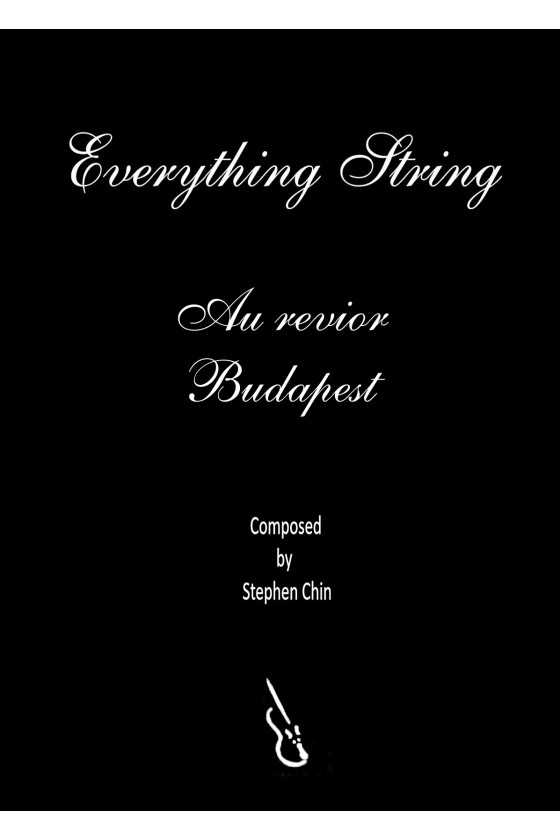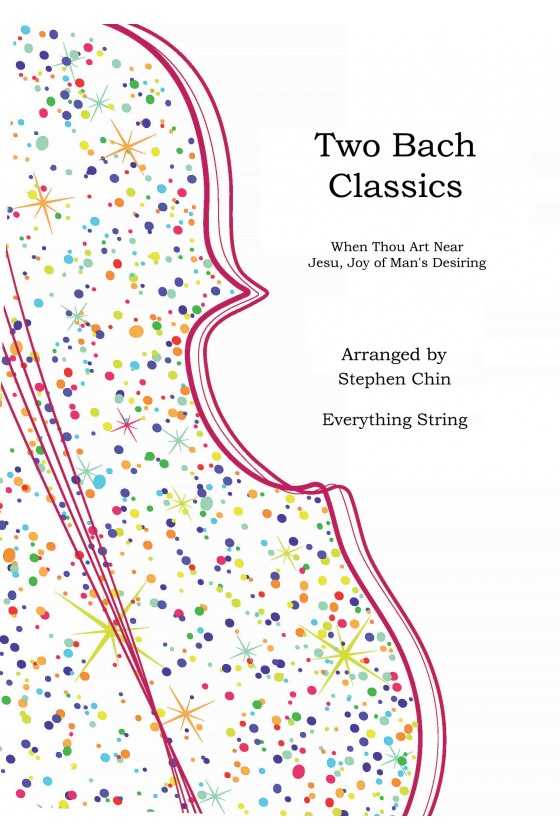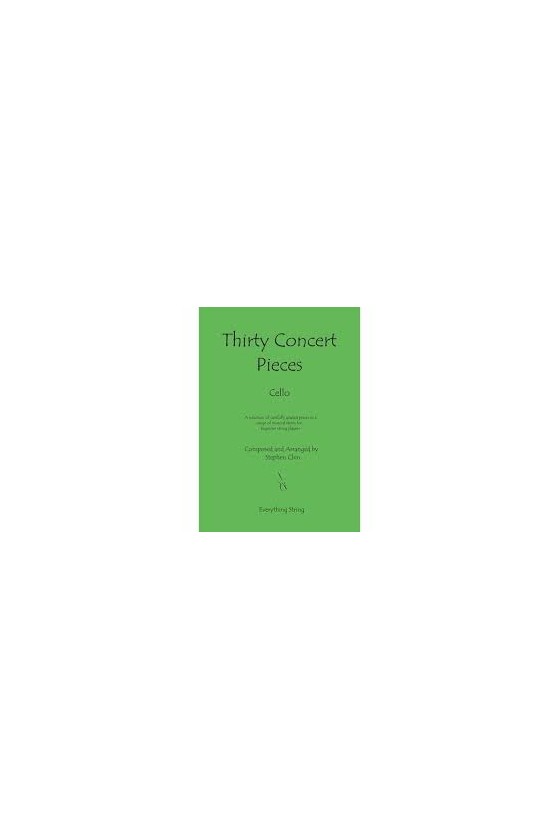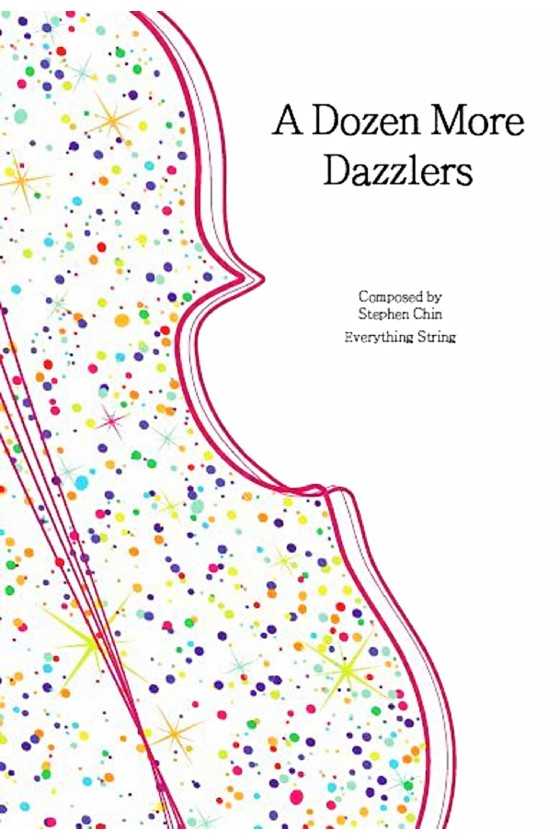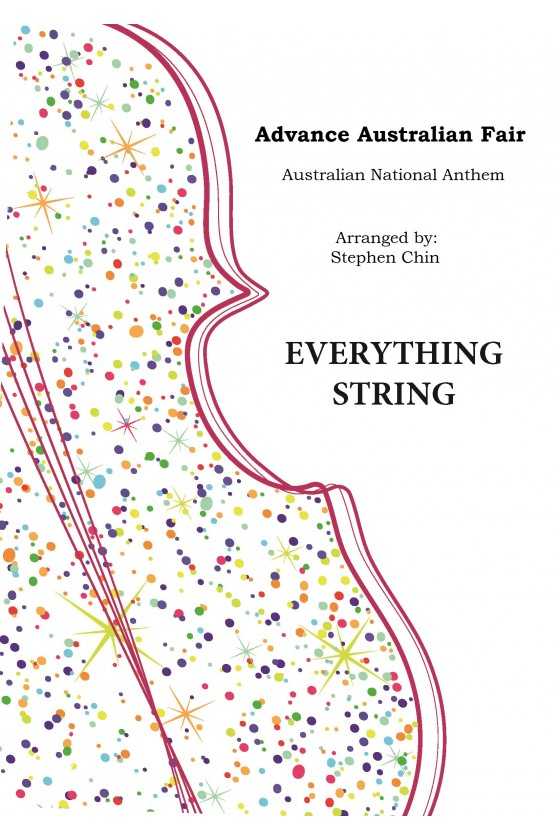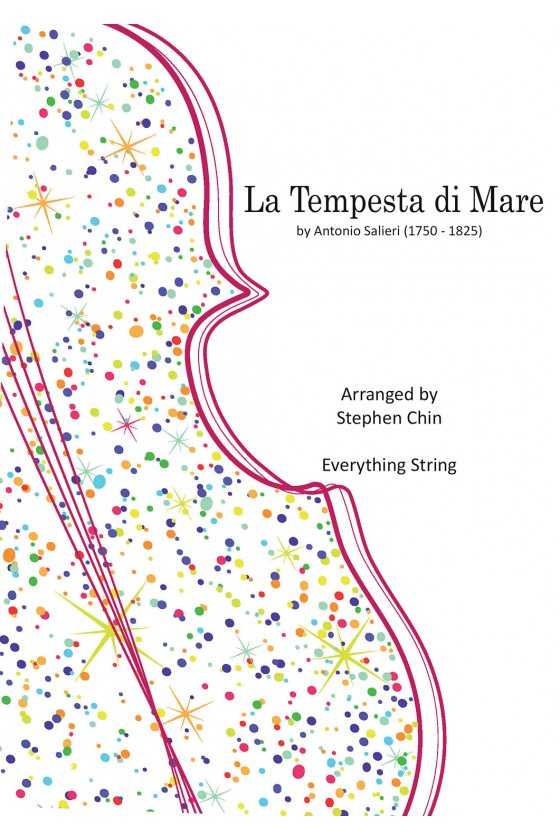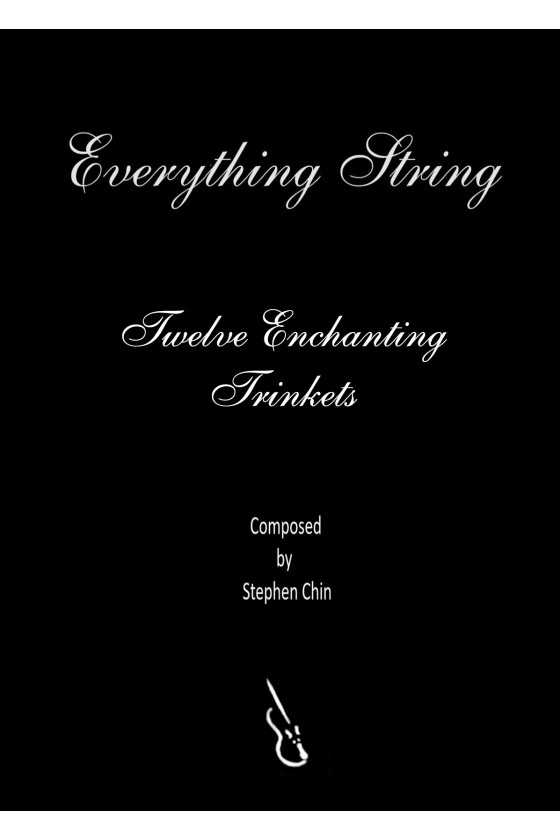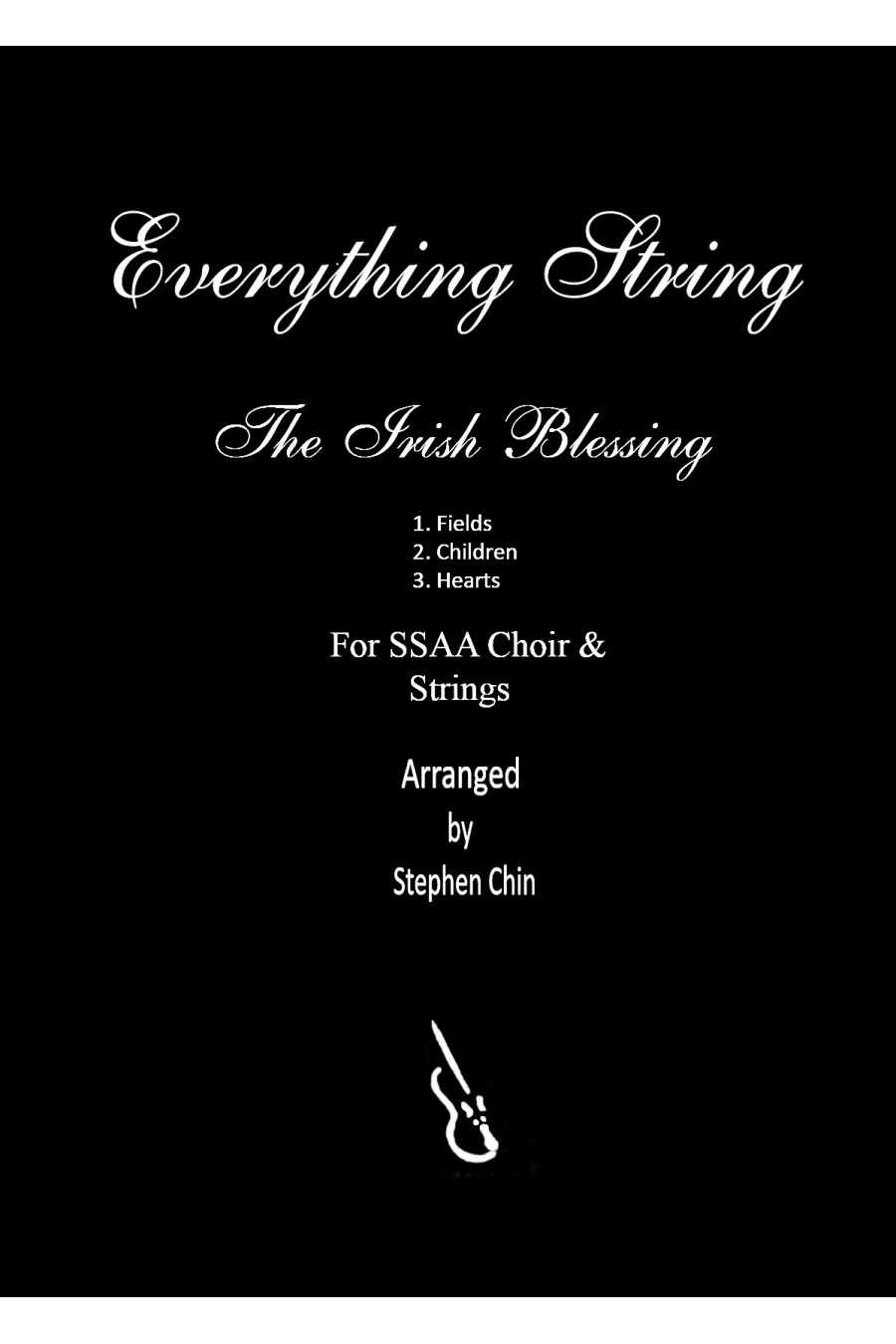
Au revoir Budapest by Stephen Chin
"Good-bye Budapest" is a traditional Hungarian czardas-style music piece. It begins with a haunting melody and languid strings, which then transition into a joyous free-for-all with various orchestra sections taking turns. A melancholic solo violin rendition is followed by the return of the czardas in D major, culminating in a ferocious presto. The music showcases a range of emotions, from introspection to frenzied joy and melancholy to ferocity.
For String Orchestra Grade 3



